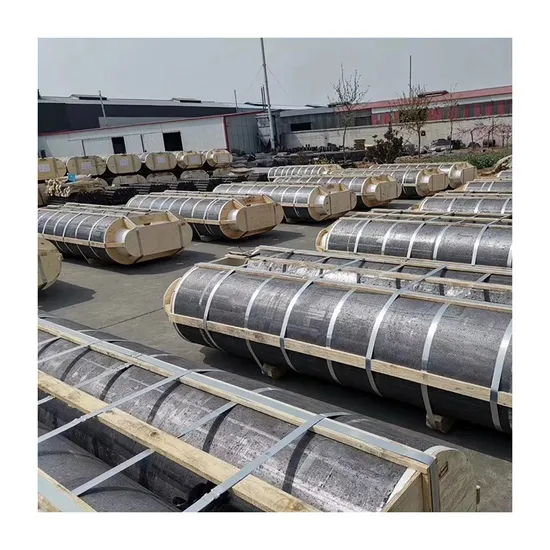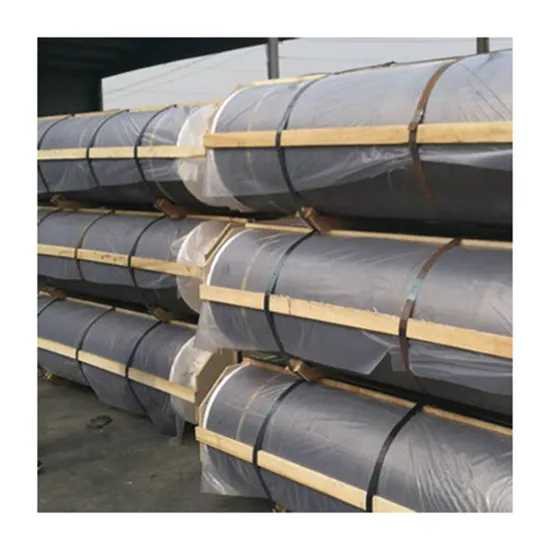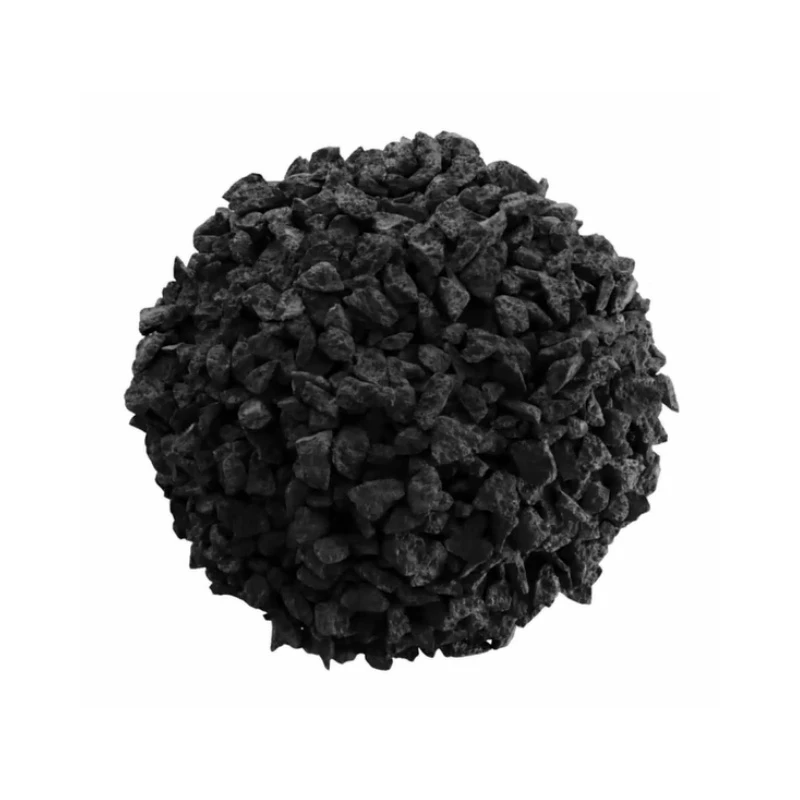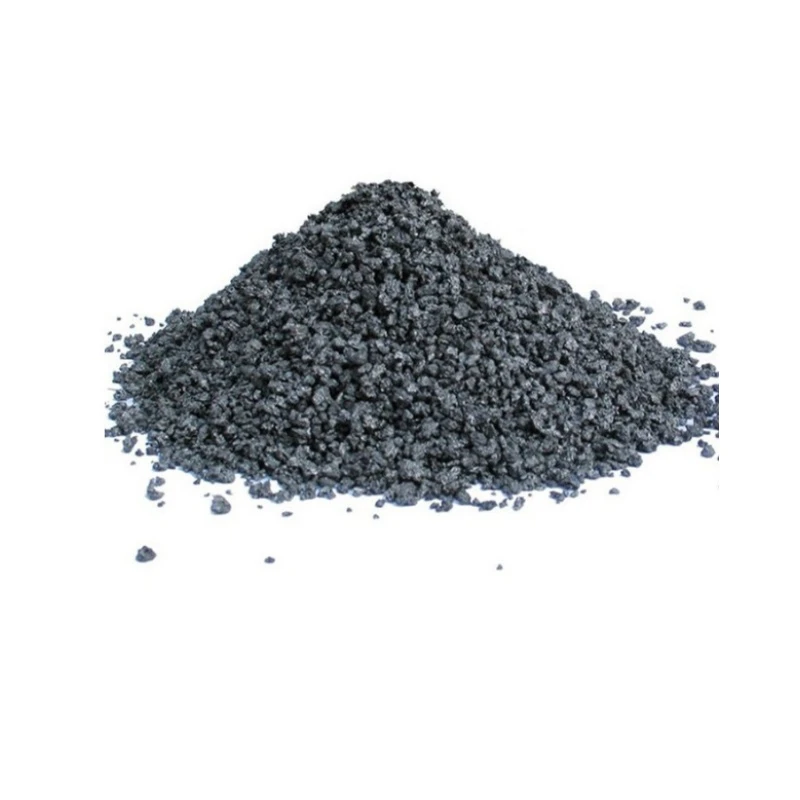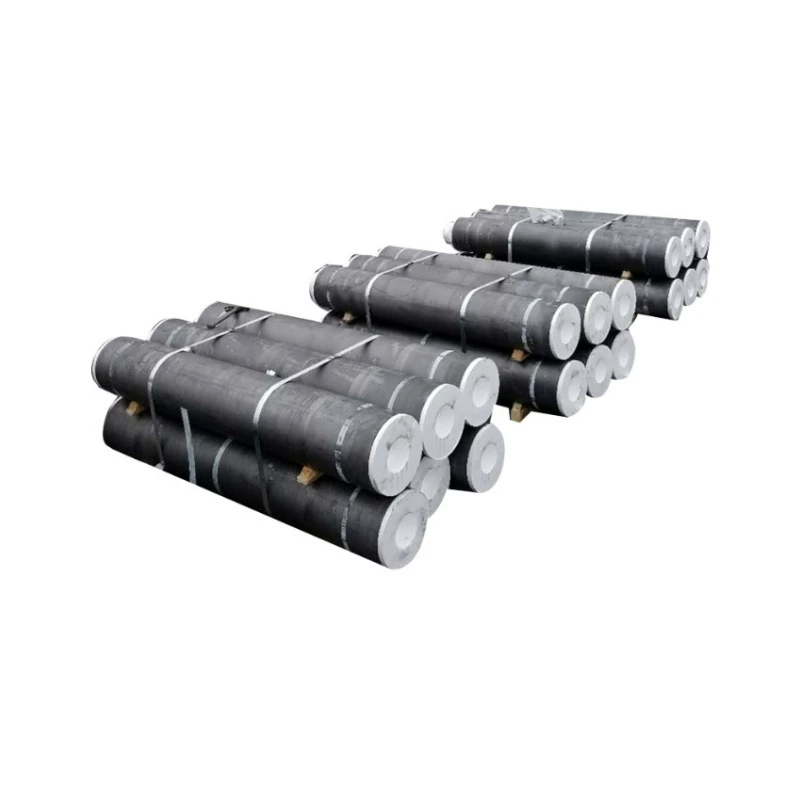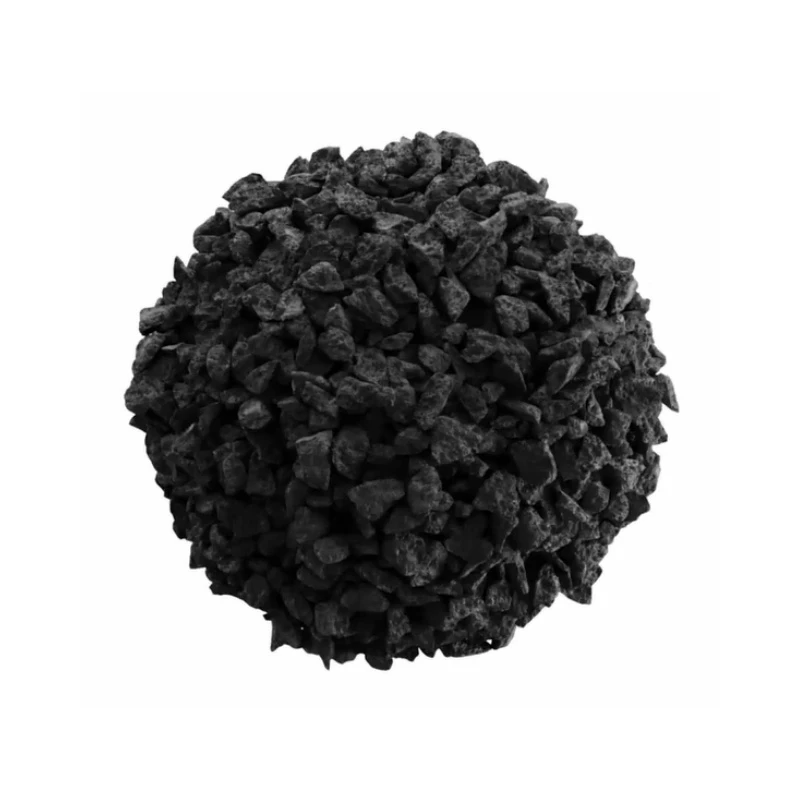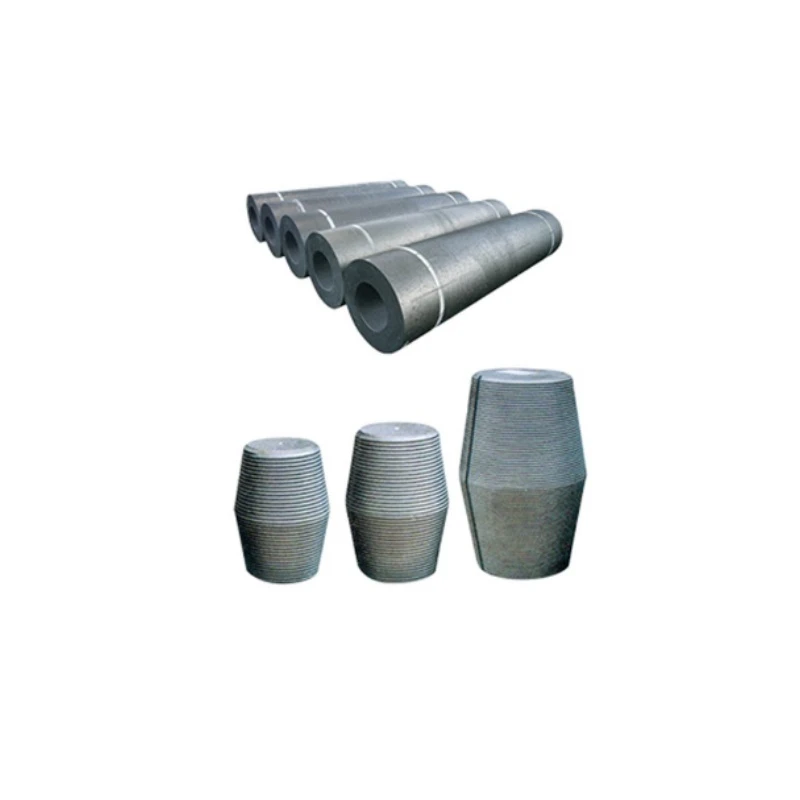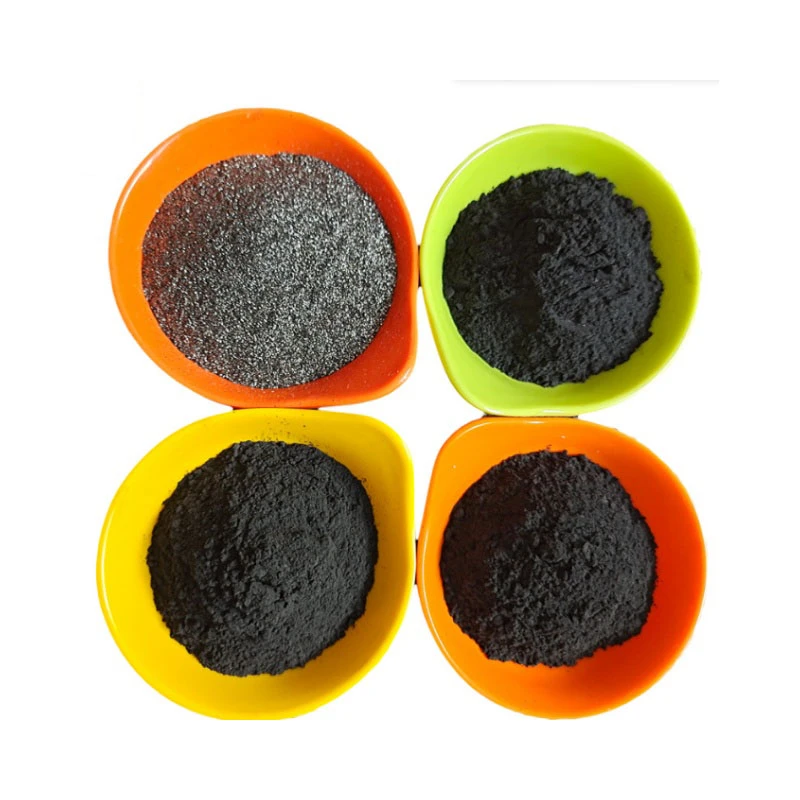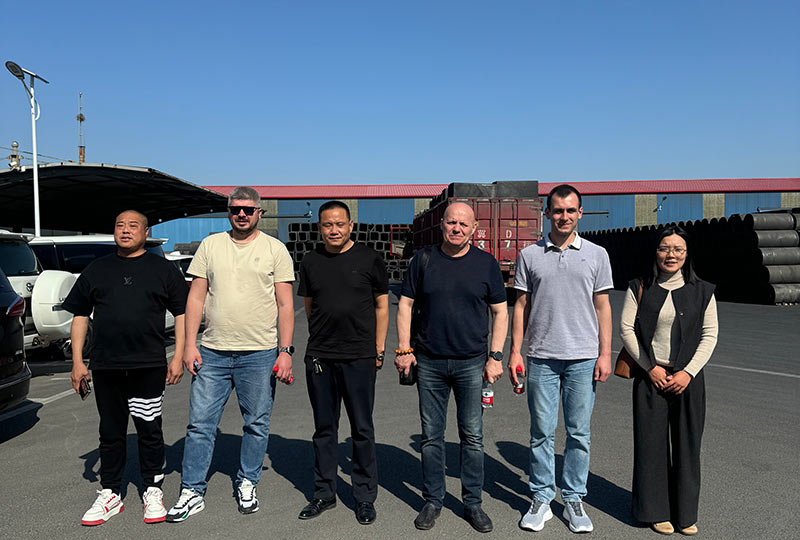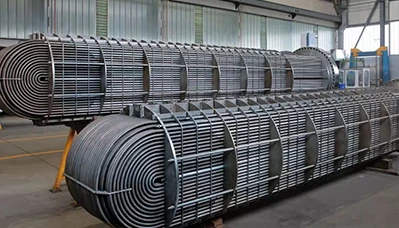- Englist



- Technical specifications and material advantages
- Comparative analysis of global manufacturers
- Customization capabilities and production flexibility
- Performance data across key industries
- Quality control and certification standards
- Pricing factors and market fluctuations
- Supply chain resilience and future developments

(graphite petroleum coke)
Understanding Graphite Petroleum Coke Characteristics
Graphite petroleum coke serves as a critical industrial material manufactured through delayed coking of heavy residual oils. This production process creates a high-purity carbon material containing 98-99.5% fixed carbon with sulfur levels maintained below 3%. Industrial-grade material exhibits excellent electrical conductivity (0.0025-0.005 ohm/cm) and thermal stability (up to 1300°C).
Material properties vary significantly between regular and needle grades:
- Density: 2.05-2.25 g/cm³ for electrode applications
- CTE (Coefficient of Thermal Expansion): 0.6-1.2 x10⁻⁶/°C
- Real Density: Minimum 2.13 g/cm³ for ultra-high power applications
- Porosity: Controlled at 18-32% for optimized reactivity
Premium producers utilize calcination processes reaching 1400°C to ensure optimal crystal structure development. Proper graphitization produces materials with X-ray diffraction patterns showing sharp 002 peaks, indicating well-ordered carbon layers critical for EAF performance.
Manufacturing Process Comparisons
Leading producers employ different technological approaches that impact material characteristics and operational costs:
| Process Feature | Rotary Kiln | Shaft Calciner | Multi-Hearth |
|---|---|---|---|
| Energy Consumption | 3.1-3.7 GJ/ton | 2.8-3.2 GJ/ton | 3.5-4.0 GJ/ton |
| Production Scale | 180-250 kt/yr | 400-600 kt/yr | 100-150 kt/yr |
| Sulfur Removal Efficiency | 85-88% | 92-95% | 78-82% |
| Impurity Control | Moderate | Precision | Variable |
| Investment Cost ($ million) | 120-160 | 350-420 | 80-100 |
Shaft calciners dominate premium market segments due to superior impurity separation, while rotary kilns remain preferred for commodity-grade output. Chinese producers installed 4.7 million tons of shaft capacity during 2018-2022, signaling quality-focused capacity expansion.
Custom Production Specifications
Industrial clients increasingly require bespoke graphite petroleum coke
formulations matching specific application requirements. Major manufacturers now offer seven standardized specifications alongside engineered solutions:
- Carbon Optimization: Fixed carbon content customized between 96.5% and 99.8%
- Particle Engineering : Pulverized (-200 mesh) to lump (10-50mm) configurations
- Elemental Control: Vanadium/nickel content reduced below 200ppm upon request
- Physical Treatments: Water quenching or delayed cooling for crystalline optimization
The material's bulk density can be engineered from 750 kg/m³ to 980 kg/m³ for specific smelting processes. Specialty facilities feature laboratory capabilities analyzing 35+ material attributes to confirm specifications before shipment. Turnaround for custom orders averages 8-12 weeks with MOQs ranging from 500 to 5,000 metric tons.
Industry Application Performance
Actual performance metrics vary significantly across different industrial implementations:
| Application Sector | Consumption (kg/ton output) | Power Savings | Typical Feed Specification |
|---|---|---|---|
| Ferroalloy Production | 480-520 | 140-160 kWh/ton | 97% C, S≤2.8% |
| Silicon Metal | 1,100-1,300 | 90-110 kWh/ton | 98.2% C, S≤2.0% |
| Graphite Electrodes | 1.25-1.40 | N/A | 99%+ C, S≤1.5% |
| Titanium Dioxide | 280-330 | 15-18% process time reduction | 96.5% C, S≤3.0% |
In aluminum smelting, optimized graphite petroleum coke mixtures reduce anode consumption by 12-18% versus conventional materials. Pilot studies show 6-9% productivity increases when replacing conventional CPC with premium graphitized material in silicon production.
Quality Verification Standards
Material qualification requires multiple certification layers and verification protocols:
- ISO 80079-34: For explosive atmosphere applications
- ASTM D6374: Volatile matter analysis procedures
- ISO 18894: Coke reactivity index determination
- ISO 8006: Carbon materials for electrode manufacturing
Certified laboratories conduct minimum 11 quality checks per shipment, including Lc value measurements verifying crystal development between 25Å and 35Å. Major European manufacturers report < 1% quality variance across production batches, while Chinese facilities typically achieve < 3% tolerance through improved process controls. Global market surveillance indicates certified material commands 8-12% price premiums over uncertified alternatives.
Market Pricing Dynamics
The graphite petroleum coke price fluctuates based on four principal market factors:
- Raw Material Costs: Vacuum residue pricing variations impact production costs by 30-40%
- Logistics Constraints : Bulk vessel shipping rates increased 220-260% since 2020
- Production Adjustments : Planned maintenance shutdowns affect 15-18% of annual supply
- Trade Policy : Export duties ranging from 5% to 20% in key producing nations
Current spot market prices range between $420 and $980 per metric ton FOB, varying by specifications. Futures contracts indicate stabilizing premiums for low-sulfur grades (S<1.5%) compared to standard industrial material. Market intelligence suggests price volatility decreased from 35% monthly swings to 12-18% after implementation of quarterly contract pricing.
Ensuring Graphite Petroleum Coke Supply Security
Future capacity expansion focuses on sustainability enhancements without compromising core material properties:
- Carbon Capture: Pilot projects achieving 85% emission reduction during calcination
- Recycling Initiatives : 18% reduction in production waste through closed-loop systems
- Portfolio Diversification : Major consumers securing 3-5 year contracts with multiple suppliers
Leading graphite petroleum coke manufacturers currently invest $1.2-$1.8 billion annually in capacity improvements targeting 4.5% compound growth through 2030. New technologies like microwave graphitization could reduce processing energy requirements by 30-40%. Geopolitical strategies increasingly emphasize multi-regional sourcing with European buyers securing African supply contracts while US manufacturers develop South American partnerships.
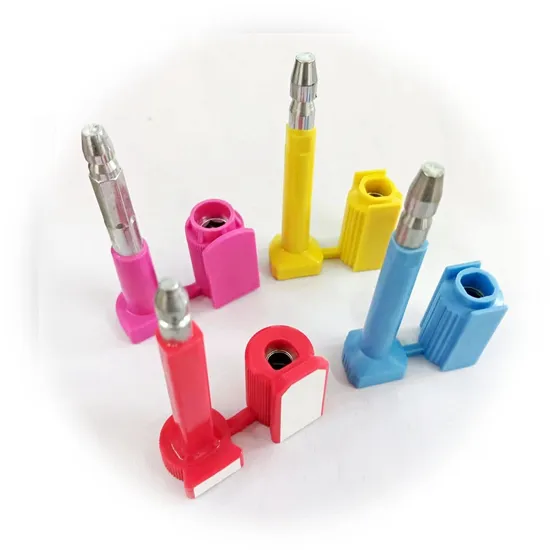
(graphite petroleum coke)
FAQS on graphite petroleum coke
Q: What is graphite petroleum coke?
A: Graphite petroleum coke is a high-carbon material derived from refining crude oil. It undergoes calcination to remove volatile components, resulting in a solid carbon product. Primarily used in metallurgy and industrial applications, it offers excellent electrical conductivity and heat resistance.
Q: How to select a reliable graphite petroleum coke manufacturer?
A: Evaluate manufacturers based on production certifications (e.g., ISO), carbon content consistency (typically 98-99.5%), and shipment reliability. Review customer testimonials and request product samples to verify sulfur levels and ash content before bulk orders.
Q: What factors influence graphite petroleum coke price?
A: Pricing depends on carbon purity (higher grades cost more), global oil market fluctuations, and logistics expenses. Sulfur content below 0.5% or specialized particle sizes also command premium rates, with container shipping costs adding 10-20% to base prices.
Q: Why choose graphite petroleum coke over alternatives?
A: It provides superior electrical conductivity compared to anthracite coal and lower impurity levels than regular petroleum coke. Its optimized crystalline structure ensures efficient performance in lithium-ion battery anodes, aluminum smelting, and steel production.
Q: Can graphite petroleum coke be customized for specific industries?
A: Yes, manufacturers adjust particle size (1-5mm powders to 10-100mm lumps), sulfur content (0.2-0.8%), and calcination levels (1200-1500°C) to suit applications like titanium dioxide production, carbon raisers, or synthetic graphite electrodes.





 Pervious
Pervious
 Next
Next
